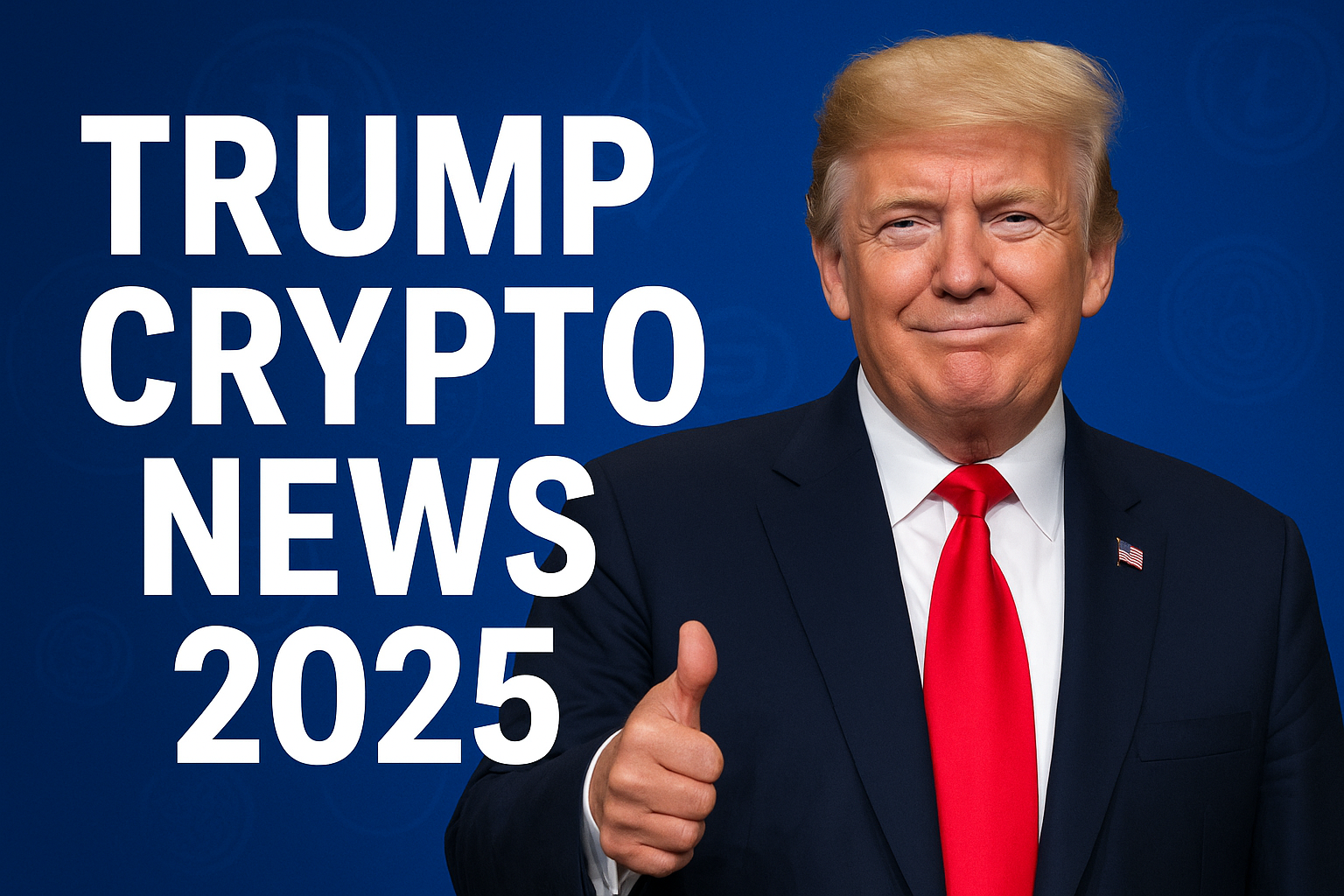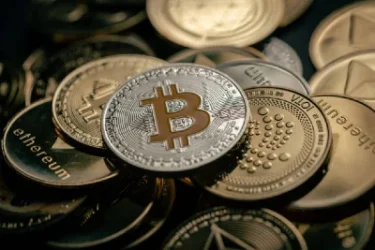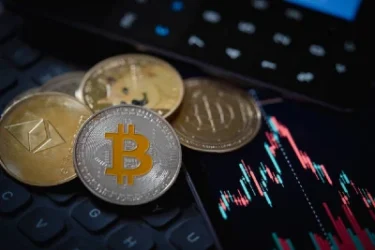In 2025, President Donald Trump’s administration has significantly shifted its stance on cryptocurrencies, moving from skepticism to active promotion. This change has profound implications for U.S. traders and investors, signaling a new era of crypto-friendly policies. The administration’s approach includes deregulation, strategic investments, and a clear opposition to Central Bank Digital Currencies (CBDCs), aiming to position the U.S. as a global leader in digital assets. en.wikipedia.org
A pivotal moment came with the signing of Executive Order 14178 on January 23, 2025, which revoked previous prohibitions on CBDCs and established a framework for digital asset regulation. This move underscores the administration’s commitment to fostering innovation while maintaining oversight. reuters.com+2en.wikipedia.org+2reuters.com+2
For U.S. investors, these developments present both opportunities and challenges. While the regulatory environment becomes more favorable, the rapid policy shifts require close attention to ensure compliance and capitalize on emerging opportunities.
People also search about:
Trump’s 2025 Crypto Policy: What’s Changing?
President Trump’s 2025 cryptocurrency policy marks a significant departure from his previous skepticism. Key initiatives include tax cuts for crypto-related businesses, deregulation efforts, and a firm stance against the establishment of a U.S. CBDC. These measures aim to reduce barriers for innovation and investment in the digital asset space.
In comparison, the previous administration’s approach was characterized by stringent regulations and cautious engagement with the crypto industry. The contrast highlights a shift towards a more market-friendly environment under Trump’s leadership.
This policy shift is expected to attract both domestic and international investors, potentially leading to increased capital inflows into the U.S. crypto market. However, the long-term effects will depend on the implementation and consistency of these policies.
Learn more about How to Cash Out Crypto Without Paying High Fees (2025 Guide)
Trump & Bitcoin: Will BTC Price Surge in 2025?
Under President Trump’s administration, Bitcoin has experienced renewed interest, with prices reaching new highs. Analysts attribute this surge to factors such as the approval of Bitcoin ETFs, increased institutional adoption, and a favorable regulatory environment.
Trump’s past comments on Bitcoin were largely dismissive, labeling it as “not money” and “based on thin air.” However, his current policies suggest a more supportive stance, which may contribute to the growing confidence in Bitcoin’s future prospects. en.wikipedia.org
While the market remains volatile, the combination of supportive policies and increased institutional interest could drive Bitcoin’s price higher in 2025. Investors should remain vigilant and consider both the opportunities and risks associated with this evolving landscape.
Trump vs. SEC: Will Crypto Regulations Ease?
The Trump administration has taken steps to ease crypto regulations by replacing SEC Chairman Gary Gensler with Paul S. Atkins, a figure with close ties to the crypto industry. This change is expected to result in a more favorable regulatory environment for digital assets. en.wikipedia.org+1en.wikipedia.org+1
Under the new leadership, the SEC has dismissed lawsuits against major crypto platforms like Coinbase and Binance US, signaling a shift towards a more lenient approach. Additionally, the SEC has stated that it will not exercise regulatory authority over meme coins, providing clarity for emerging digital assets. en.wikipedia.org
These developments suggest that the Trump administration is committed to fostering a crypto-friendly environment, which could encourage innovation and investment in the U.S. digital asset market.
Trump’s CBDC Ban – What It Means for the US Dollar
President Trump’s opposition to the establishment of a U.S. Central Bank Digital Currency (CBDC) is a central aspect of his crypto policy. Executive Order 14178 explicitly prohibits the issuance or promotion of a CBDC, reflecting concerns over potential threats to the U.S. dollar’s dominance and individual privacy. en.wikipedia.org
This stance aligns with Trump’s broader economic philosophy of limiting government intervention and promoting free-market principles. By rejecting a CBDC, the administration aims to preserve the traditional banking system and prevent the federal government from gaining unprecedented control over monetary transactions.
For U.S. investors, this policy provides clarity and stability, as it reduces the likelihood of sudden shifts in the monetary landscape that could impact digital asset valuations.
Trump’s Crypto Endorsements: Which Coins Will Pump?
President Trump’s endorsement of certain cryptocurrencies has influenced market trends. Notably, the launch of the $TRUMP meme coin in January 2025 saw its value soar by over 300% overnight, attracting significant attention from investors. en.wikipedia.org+1en.wikipedia.org+1
The $TRUMP coin’s rapid rise underscores the impact of political endorsements on cryptocurrency markets. However, the project’s lack of clear utility and the associated risks have raised concerns among some analysts.
Investors should exercise caution and conduct thorough research before engaging with endorsed cryptocurrencies, as market dynamics can be volatile and influenced by factors beyond traditional financial indicators.
How Trump’s 2025 Win Could Affect Crypto Taxes
President Trump’s victory in 2025 has implications for cryptocurrency taxation in the U.S. The administration’s pro-crypto stance includes promises to cut taxes for crypto-related businesses and individuals, potentially reducing the tax burden on digital asset transactions.
Additionally, the administration has signaled intentions to simplify tax reporting requirements for cryptocurrency exchanges, aiming to encourage compliance and reduce administrative burdens.
These policy changes could make the U.S. a more attractive destination for crypto investors and businesses, fostering growth in the digital asset sector.
Trump & Elon Musk: Crypto Twitter Wars in 2025?
President Trump’s relationship with Elon Musk has been a focal point in the crypto community. Musk’s involvement in the Department of Government Efficiency (DOGE) and his support for Trump’s policies have sparked discussions about the influence of tech moguls on public policy. en.wikipedia.org+2wired.com+2newyorker.com+2
The dynamics between Trump and Musk have extended to social media platforms like X (formerly Twitter), where both figures have used their platforms to discuss and promote cryptocurrency-related topics. Their interactions have amplified the visibility of certain digital assets, influencing market sentiments.
For investors, understanding the interplay between political figures and tech entrepreneurs is crucial, as their endorsements and statements can significantly impact cryptocurrency valuations.
US States Backing Trump’s Crypto Vision (Texas, Florida, etc.)
Several U.S. states, including Texas and Florida, have embraced President Trump’s crypto policies, establishing themselves as crypto-friendly hubs. These states have implemented favorable regulations, attracted crypto businesses, and supported blockchain initiatives.aljazeera.com
Texas, known for its energy resources, has become a hotspot for Bitcoin mining operations, leveraging its low electricity costs to attract miners. Florida has introduced legislation to facilitate blockchain adoption in various sectors, including healthcare and finance.
These state-level initiatives complement federal policies and contribute to the U.S.’s position as a leader in the global cryptocurrency landscape.
Fake Trump Crypto Scams – How to Avoid Them
The surge in interest surrounding President Trump’s crypto policies has led to an increase in scams targeting investors. Fraudulent schemes often involve fake “Trump Token” presales and phishing attacks impersonating official channels.
To protect against such scams, investors should verify the legitimacy of crypto projects through official channels, avoid sharing personal information with unverified sources, and report suspicious activities to relevant authorities.
Staying informed and exercising caution can help investors navigate the evolving crypto landscape safely.
Trump Crypto News FAQs
Q1: Is President Trump pro-Bitcoin?
Yes, President Trump’s administration has adopted a pro-crypto stance, supporting Bitcoin and other digital assets through favorable policies and regulatory changes.
Q2: Will cryptocurrencies be banned under President Trump?
No, President Trump has explicitly opposed the establishment of a U.S. Central Bank Digital Currency (CBDC) and has implemented policies to support the growth of cryptocurrencies.
Q3: How can I stay updated on Trump-related crypto news?
Follow reputable news sources, official government announcements, and platforms like X (formerly Twitter) for the latest information on President Trump’s crypto policies and developments.
For more detailed analyses and updates, consider exploring resources like CoinDesk and CoinTelegraph.









